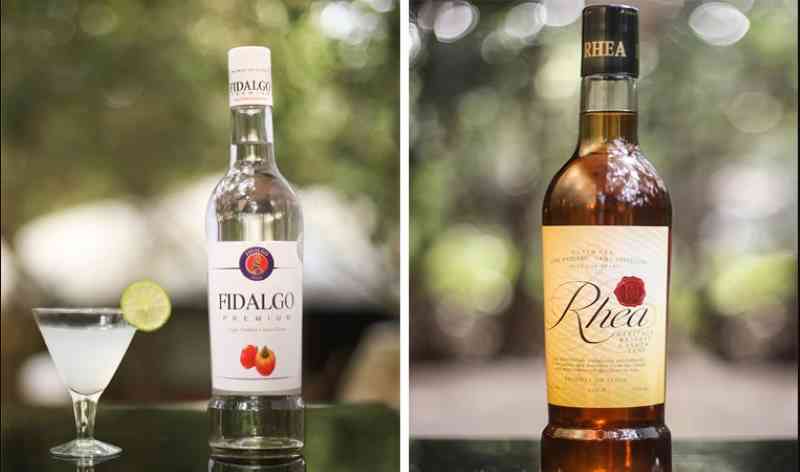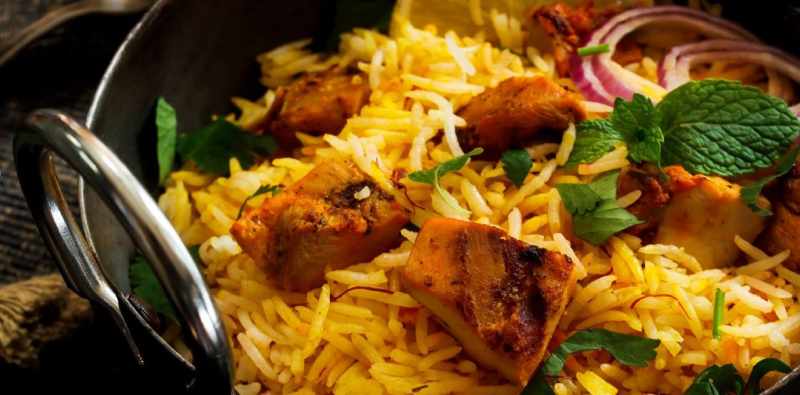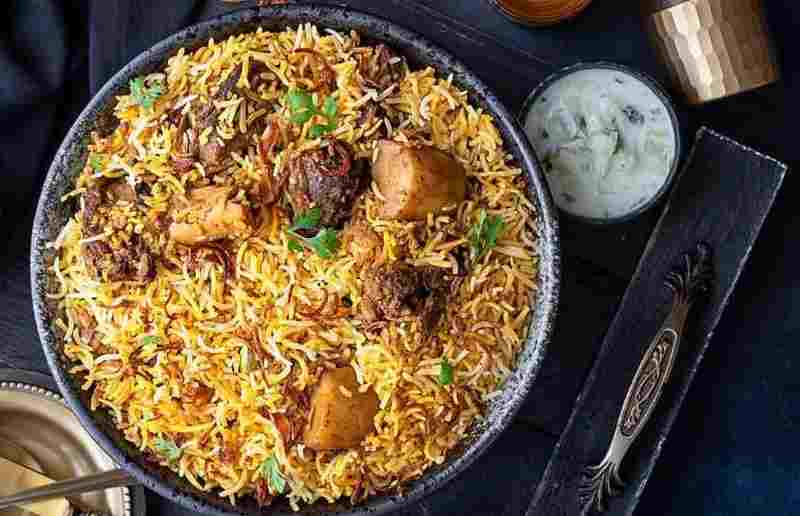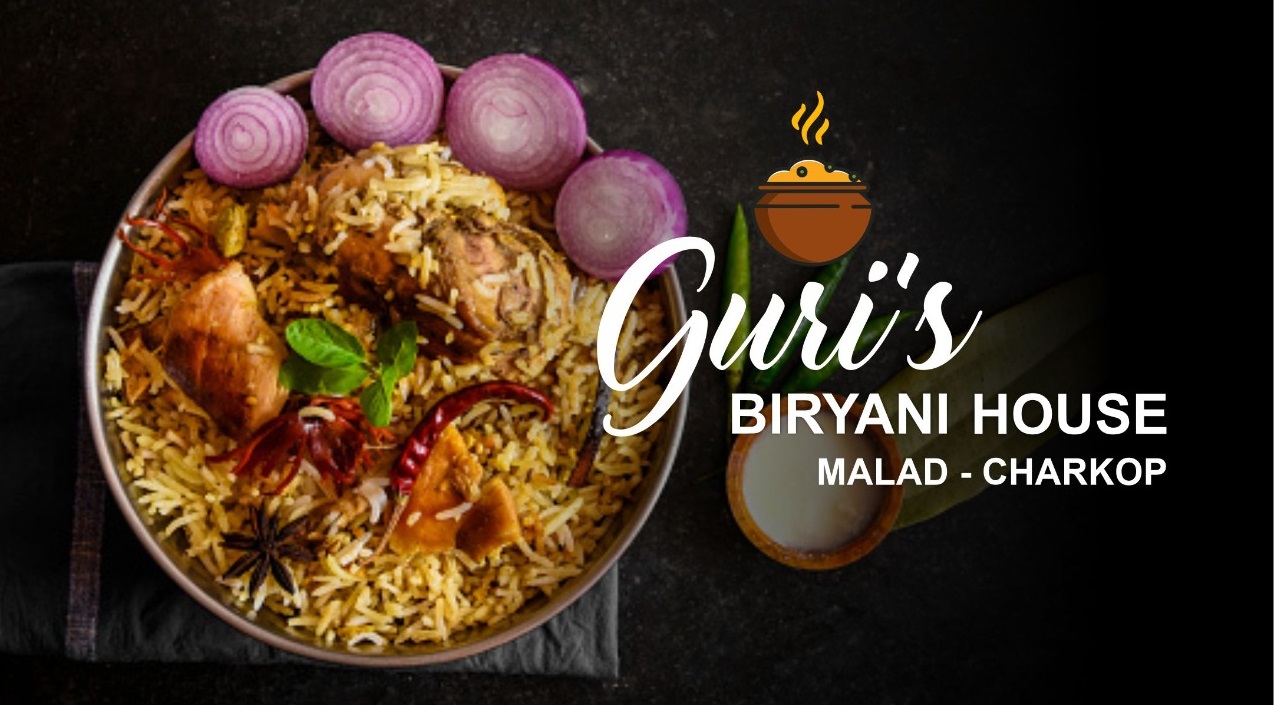People, Food & Drink
Goan Feni Has Tremendous International Business Potential

PANAJI: A research report by the Centre for Promoting Indian Economy (CPIE India) and the Goa Business Promotion Forum (GBPF) states that Feni, the local Goan state drink brewed from ripe cashew apples and coconut has tremendous international potential and can change the fortunes for the cash-starved, tourism dependent state.
Feni which has gained great popularity among tourists, both domestic and international is now being marketed outside the state, but there is no concerted push at its promotion and sales are still stagnant.
And in spite of a Geographical Indicator (GI), Goa has not been able to create brand Feni and turn it into a drink of international repute, akin to the status and credibility that Mexican Tequila and European Snapps.
The main reason is because local Goan manufacturers are simply content selling the brew to local bars and consumers. There is no combined push as an industry to properly package and sell Feni in the international market.
The CPIE India who interviewed almost all the Feni manufacturers in Goa, says international marketing requires substantial standardization, including production methods, quality of raw material particularly the cashew apples, process and QC checks, packaging facilities and even transportation, which many local manufacturers avoid as they are content using their own systems.
High quality or concentrated Feni is difficult to store as it tends to expand or generate vapour when exposed to sunlight or heat, thus causing a hazard if stored for long. It also looses its unique taste and flavour and tends to become sour or obtains a ‘tart’ flavour.
Media reports had also claimed that consumption of feni, after its sustained storage in plastic jars, may prove detrimental as the spirit slowly turns carcinogenic and may cause cancer. This claim has not been proved by extensive studies and research and must be taken with a pinch of salt, opines an expert who has studied the product in depth.
However, he also adds that the rapidly increasing cases of cancer in Goa could have a remote link to the consumption of Feni stored in plastic bottles. “There is need for extensive research on this subject before we can come to any conclusion,” writes the CPIE in their report.
According to a earlier published report attributed to oncologist Dr Suresh Shetye, “Consumption of feni after its storage in PVC jars can lead to oral cancer, blood cancer or others. Once feni is stored in (plastic) jar, it becomes carcinogenic,” Shetye had claimed at a Cancer Day function, without specifying how he came to the particular conclusion.
According to the CPIE, Goan Feni has a great scope for sale in countries like the Middle East, UK, Europe, Australia and Canada where Goans live and work. Goan Feni which is classified and listed among the white spirit segment, mixes easily like gin or vodka.
However there is a great deal of inconsistency in the product as the methods of brewing differ. Many manufacturers brew Feni on a small scale for local sale to few bars and restaurants. The process of crushing the cashew apples, fermenting and distillation differ and fluctuate. The extract obtained from the cashew apples also differs from manufacturer to manufacturer notes Remedios, adding that all these factors bring in a great deal of inconsistency.
People, Food & Drink
Paul McCartney’s stolen Beatles bass guitar found after 51 years

LONDON, (Reuters): A stolen Hofner bass guitar belonging to Paul McCartney and used to record The Beatles’ first two albums has been found and returned after 51 years following a global hunt.
The guitar, dubbed the “most iconic lost musical instrument of all time” by the team behind the search, The Lost Bass Project, was used in Beatles singles including 1963 hits “She Loves You” and “All My Loving.”
“It’s the bass that started Beatlemania,” Nick Wass, one of the founders of the search team, told Reuters. “That’s why it’s important, it’s the one that got it going.”
A public appeal by the project last year was shared around the world. “As a result of the publicity someone living in a terraced house in Hastings on the south coast of England contacted Paul McCartney’s company and then returned the bass to them,” the Lost Bass Project said. The instrument was returned last year, but this was only announced on Thursday.
The instrument was stolen from a van in the Notting Hill area of London in October 1972, the search team said, citing information received during their investigation. “The guitar has been authenticated by Höfner and Paul is incredibly grateful to all those involved,” a spokesperson on McCartney’s website said.
Wass told Reuters the bass guitar was “somewhat damaged” with a crack in the neck, a damaged bridge that would need replacing and pickups that did not work anymore. “But they can be sorted out, the neck can be repaired and we can make it playable again,” Wass said.
In 2015, a guitar stolen from the late John Lennon in the 1960s sold for $2.41 million at an auction in Beverly Hills, California. The person in possession of it said he originally bought it without knowing its connection to Lennon. (Reuters)
People, Food & Drink
Kebab special: All about the various Seekh Kababs and Seekh Kabab Biryani

MUMBAI: Chicken Malai Seekh Kabab Biryani is one of the most popular seekh kabab biryanis in India.
But do you know that there are more than 15 other varieties of seekh kabab biryanis available for gourmets to try out.
The word Kebab is derived from a Persian term for the dish that passed into both Arabic (as kabab) and Turkish (as kebap). Kebabs are thought to have originated among the Transhumant people in Central Asia, whose meat-heavy diet was transformed somewhat in an urban context where vegetables were more readily available.
Kebab (kebap in Turkish, kabab in Iran, Afghanistan, India and Pakistan, also spelled kebob, kabob; Urdu: ????) means “grilled (or broiled) meat” in Persian and Greek. Kebab is usually made of lamb and beef. Sometimes chicken and fish are used for some styles.
It is said that the migrant Afghan plunderers and invaders, brought kebabs to the Indian kitchens. But the Mughals too were kebab fans and the art of making the perfect kebab flourished in different Mughal kitchens.
The words kabab, kabob and kebab refer to the same delicacy that is prepared with chunks of meat grilled on a skewer. The spelling kabob is mostly used by North Americans as they try to transliterate the sound for the dish that is made with grilled meat in Arab countries.
Popular seekh kebabs are the tunde (Tunday) ke kabab, kakori kebab, boti kebab and gilafi seekh kebab. There is also Reshmi Kebab, Galouti Kebab, Shish Kebab, Jali Kebab, Hariyali Kebab (chicken or paneer), Shami Kebab, and so on. There is also a dish (of beef) known as the Bihari kabab and another known as Lahori kebab.
Other lesser known varieties include the kshatriya kabab, shawarma kebab, Karachi kebab and Afghani kebab.
Döner kebap (Doner Kebab in India), literally means “rotating kebab” in Turkish, is sliced lamb, beef, or chicken, slowly roasted on a vertical rotating spit.
Most chefs will offer various kinds of seekh kabab biryani with different meats, depending on your budget and choice of meat. However, the seekh kebab biryanis of choice are malai seekh kebab biryani and reshmi kebab biryani as the kebabs merge well into the biryani dish.
Chicken shish kebab consists of cubes of chicken (or slices) that are marinated, then skewered and grilled. It is usually made of chicken breasts marinated in yogurt, milk, and tomato paste.
Boti kebab is a variety of Indian kebab consisting of chunks of meat (lamb, mutton, chicken, or beef) that are soaked in a mixture of yogurt, garlic, ginger, chilis, papaya, and spices such as garam masala, chili powder, and cumin.
The Galouti Kebab has its origins in the kitchens of the Nawabs of Awadh in the late 17th century. Legend has it that the toothless Nawab Asad-ud-Daula, known for his love of meat delicacies, wished for a kebab that would be exceptionally tender and easily digestible and thus was born the Galouti kebab.
While Seekh kebabs are made from minced or diced meat, Boti Kebabs are actual cubes, chunks or pieces of meat, which could either be chicken, mutton or beef.
Lamb Boti Kebab is normally made from the leg of lamb meat. Traditionally whole muscle lamb meat is marinated in spiced yogurt and cooked over hot charcoal embers or a tandoor. It could also be grilled in an oven (in some places), but the charcoal fire gives it an all-together different flavour.
The Bihari Kabab is originally from Bihar and now is also a popular BBQ item in Pakistan. They are spicy, very tender pieces of beef that are barbecued on a charcoal grill.
Kshatriya chicken is prepared by marinating chicken and then cooked with a freshly grounded spices which gives flavorful, tangy and tasty taste to the chicken, which can be served as a side dish or as a yummy appetiser.
Vegetarian seekh kebabs in India are made with beans, carrots, potatoes, cauliflowers and green peas. Some vegetarian restaurants offers several varieties of veg kebabs to keep up with their clientele and make the dining experience exotic.
However, the open fire grilled or barbecued meat kebabs rule the diner’s table as the spiced and marinated meat imbibes various flavors as it is on the fire. Vegetables also imbibe flavors of the spices, but not as sublimely as various meats.
People, Food & Drink
India has more than 32 types or varieties of Biryani… Most popular types of Indian biriyani?

Indian Biryani types, sub-types and versions: It is said that there are more than 32 types of biryani in India, with 26 main or basic types. There are about six to eight sub-types, taking the total number of Indian biryani types to about 32.
Like the Hyderabadi biryani, the Lucknowi, or Awadhi biryani is the first original type. Lucknowi biryani, also known as Awadhi biryani, originates in Northern India and uses spices like anise, cinnamon, and saffron.
Then there is Kolkata biryani, Sindhi Biryani, Memoni biryani, Malabar biryani, Thalassery biryani, (Tamil Nadu), Dindigul biryani, Ambur biryani (Assam), Kashmiri biryani, Bombay biryani and so on, not to forget the much evolved Hyderabadi biryani.
States like Maharashtra, Goa and the southern states have evolved their own sub-types and for example in Goa Fish biryani is very popular in the coastal restaurants catering to North Indian visitors.
Goan chefs took a popular food item – fish (prawns, crab, pomfret, king fish) and trying to cater to the North Indian guests who flock to the beaches of Goa during the Indian summer, tried to reinvent the chicken or mutton biryani, adding fish (including crab meat, prawns, kingfish, etc.,) to the traditional biryani recipes, thus creating a new variety of biryani.
Similarly, other states added either pork or beef to create different varieties of biryani, using the basic concepts of preparing the exotic dish.
While many biryani lovers in India will claim that Hyderabadi Biryani is the most popular biryani in India because of its meticulous blend of spices, nestled with the tenderness of meat and veggies, Goans will swear by the crab or prawn biryani. Similarly in some southern states, beef biryani is a rage, while in the North East or even in Goa (during Catholic weddings), pork biryani is also very popular.
Coming back to Hyderabadi biryani, there are two versions or sub-types of Hyderabadi Biryani: Katchi Hyderabadi Biryani and Pakki Hyderabadi Biryani. The original version combined elements of Hyderabadi and Mughlai cuisines, with the latter having a major impact. It evolved in the kitchens of the Nizam of Hyderabad.
Similarly Thalassery Biryani is made with a special type of rice called Khyma or Jeerakasala rice (short-grained rice) instead of basmati. The rice is mixed with ghee and is fried and cooked separately from the gravy and then mixed together and cooked.
No matter which variety or state you hail from or live in, the magic of the biryani continues to thrill foodies over the generations. Youth to senior citizens, all love a well-cooked biryani and spicy or sweetish, mutton or fish the biryani rules the menus of restaurants all over India.
People, Food & Drink
Prices of Beer in Goa to increase by Rs 10 to 35 per can/bottle with excise hike

PANAJI: The prices of various varieties of beer (both bottle and can) will go up in Goa with the state government increasing the excise duty on the liquid by Rs 10-12 per litre.
The state excise department announced the hike two days ago.
Several hotel owners as well as wholesale owners were not happy with the hike, but decided to keep mum about it as the government needs to earn revenue.
Goa Liquor Traders’ Association president Dattaprasad Naik said the price of light beer would increase by Rs 15 per bottle, that of strong beer by Rs 20-25 while premium beer will be costlier by Rs 30 per bottle.
For some super premium brands the price increase could be as high as Rs 35 to Rs 40 per bottle.
Majority of beer consumers in Goa are locals as tourists prefer Indian Made Foreign Liquors (IMFL), Naik was quoted by news agency PTI as saying.
People, Food & Drink
Chef Sonya Kaur shares her secret for making fluffy Scrambled Eggs

Mumbai-based chef Sonya Kaur shares some of her personal cooking secrets with us in this short article on how to get the best fluffy or creamy scrambled eggs for your breakfast.
First, she says, gently beat the eggs and place them in a small or medium sized bowl and whisk until the yolk and whites are completely combined.
“The perfect mixture is important to get the best scrambled eggs. After you are done and manage to get a good mix, gently preheat the frying pan. Brush a small nonstick skillet with olive oil (or other oil) or melt a little butter inside the pan and cook the eggs on medium heat,” she suggests.
Adding milk or plain water to scrambled eggs is an option that affects the texture of the final product and one can choose between fluffy or creamy variations, says Sonya, adding that some people even experiment with a bit of cheese.
For creamy-looking scrambled eggs, add up to one tablespoon of milk for every egg. If you are cooking 6 eggs or more in a big pan, add an additional tablespoon for every six eggs.
For fluffy scrambled eggs, you’ll add up to one tablespoon of water for every egg, however do not add any extra water if the quantity of eggs is more. Just stick to one spoon per egg.
People, Food & Drink
Order mouth-watering biryanis by the kilo, online from Guri’s Biryani House with free delivery in Mumbai suburbs

MUMBAI: Biryani lovers in Mumbai have one more reason to rejoice. Guri’s Biryani House located at Malad-Charkop recently launched its promo offer – order Biryani by the Kilo online and get free delivery in Mumbai suburbs.
According to Guri of Guri’s Biryani House, the minimum order must be of Rs 1000/- to avail of the free delivery option and delivery is free anywhere in the western suburbs of Mumbai. For the rest of the city and suburbs, there is a minor ‘delivery charge’, which depends on the quantity ordered. Delivery for orders above Rs 15,000/- is free all over the city and suburbs.
In addition to the above, Guri’s Biryani House has announced a discount of 10 percent on all the orders placed on or before 15th October..
Guri’s Biryani House also offers a take away option where biryani lovers can place an order (for small orders) and self-collect the parcel after an hour or two from their kitchen at Malad West near Charkop.
The made-to-order menu at Guri’s Biryani House includes Hyderabadi Biryani, Keema Biryani, Awadhi Mutton Biryani, Chicken Reshmi Biryani, Makhni Paneer Biryani, Calicut Chicken Biryani, Scheherazade Biryani, Fish or Mixed Seafood Biryani, Murgh Ki Kachchi Biryani, Crab meat Biryani, Prawns Biryani, Fish Tikka Biryani, Chicken Tikka Biryani, Tandoori Prawns Biryani and more – all these are available by the kilo and one must place an order at least 24 hours in advance. All these dishes can be customized to offer spicy and non-spicy versions to suit the diners requirements.
The take away outlet offers Combo Packs or Party Packs that are value for money and are reasonably priced, giving biryani fans a great option to savor some of the best briyanis from various parts of the country.
They also take bulk and catering orders for weddings, birthday parties and other festive requirements. In addition to various non-vegetarian fare, Guri’s Biryani House has a diverse and appetizing vegetarian menu for vegans who love biryani.
For more details, or to contact Guri’s Biryani House or place an order for their mouth-watering biryanis and other food items (Food by the Kilo) CLICK HERE or visit https://www.facebook.com/guris.biryani.house
People, Food & Drink
Guri’s Biryani House Malad, makes mouth-watering biryanis from various parts of India a phone call away

MUMBAI: Recently-launched Guri’s Biryani House at Malad West – presently offering only a takeaway or home delivery option – has opened its doors to biryani lovers in Mumbai’s western suburbs.
While the home delivery option is only available for orders above Rs 1000, Guri’s Biryani House offers a take away option where biryani lovers can place an order and self-collect the parcel after an hour from their kitchen at Malad West.
The made-to-order menu at Guri’s Biryani House includes Hyderabadi Biryani, Keema Biryani, Awadhi Mutton Biryani, Chicken Reshmi Biryani, Makhni Paneer Biryani, Calicut Chicken Biryani, Scheherazade Biryani, Fish or Mixed Seafood Biryani, Murgh Ki Kachchi Biryani, Crab meat Biryani, Prawns Biryani, Fish Tikka Biryani, Chicken Tikka Biryani, Tandoori Prawns Biryani and more – all these are available by the kilo and one must place an order at least 24 hours in advance. All these dishes can be customized to offer spicy and non-spicy versions to suit the diners requirements.
The take away outlet offers Combo Packs or Party Packs that are value for money and are reasonably priced, giving biryani fans a great option to savor some of the best briyanis from various parts of the country.
ALSO READ: Order biryanis by the kilo, online from Guri’s Biryani House with free delivery in Mumbai suburbs
They also take bulk and catering orders for weddings, birthday parties and other festive requirements. In addition to various non-vegetarian fare, Guri’s Biryani House has a diverse and appetizing vegetarian menu for vegans who love biryani.
In addition to the above types of biryani, also available are other exotic types of biryani from different states of India. These special menu items must be ordered 24 hours in advance and are available only by the kilo and include Kalyani Biryani (Hyderabad), Thalassery Biryani (South Indian), Kolkata Biryani, Kolhapuri Biryani, Sri Lankan Biryani, Sindhi Biryani, Kashmiri Bhuna Gosht Biryani, Kuzhimanthi Biryani (Kerala), Choris Biryani (Goan sausage biryani), Xacuti Biryani (Goan chicken xacuti biryani).
Guri’s Biryani House provides catering services and Food by the Kilo for weddings, birthdays, anniversaries, parties, kitty parties, events, special occasions and whenever you need bulk orders for guests visiting your home. All orders and food items/dishes need to be confirmed at least 24 hours in advance and home delivery is also possible for bulk orders in the Malad, Charkop and Kandivili areas.
Their flagship or most popular vegetarian dishes include Paneer Butter Masala, Aloo Gobi, various parathas, (including kheema parathas), Mixed Vegetables, a variety of salads. Guri’s also takes orders for “client’s choice” of dishes and made to order dishes featuring various Indian cuisines including Gujarati, Punjabi, Goan, Maharashtrian, Bengali and South Indian and others from different parts of the country.
Bon Appetit folks. .. you must try out the tantalizing biryanis from Guri’s Biryani House as the menu keeps innovating and newer items are added each week
For more details, or to contact Guri’s Biryani House or place an order for their mouth-watering biryanis and other food items (Food by the Kilo) CLICK HERE or visit https://www.facebook.com/guris.biryani.house
People, Food & Drink
Make way for the Robotic Butler and Waiter to take over Hospitality biz

MUMBAI: Restaurant-goers at take away counters or automated food courts, as well as posh fine dine outlets can very soon expect robotic butlers and waiters in the weeks to come.
With Amazon announcing they were acquiring iRobot, the acquisition of the maker of the popular Roomba robotic vacuums comes less than a year after Amazon unveiled its own home robot, Astro. Following Amazon were many smaller names, which while not as significant as the big daddy, will definitely make a mark on the way things work.
Amazon’s announcement was close on the heels of the unveiling of Optimus, Tesla’s robotic humanoid. CEO Elon Musk was quoted as saying that “he thinks the impact of the Optimus could someday exceed that of the company’s hugely popular electric vehicles today”.
One advantage both companies Amazon and Telsa have is they can develop and amortize their robotic investments across both their industrial and consumer-facing markets.
Industry has and always will lead in terms of automation adoption for various reasons, the most important being economics and that’s partly why both companies have invested so much over the past decade in building and perfecting their robotics platforms; it gives them a strategic advantage in manufacturing, warehousing, logistics, and other parts of their core business and next gen businesses opportunities that may come in.
With two of the world’s biggest tech companies – along with a lot of other big consumer product companies – finally getting serious about the home robotics market, we should all be prepared for the coming wave of home robot assistants – be their souped-up Roombas or robotic butlers – in the coming years.














































